What is Vibe Coding?
Vibe Coding is a philosophy that optimizes a developer's environment and mental state to achieve a seamless, intuitive, and enjoyable coding experience. Learn the three pillars—Intuition-Driven Development, Flow State Optimization, and Aesthetic Code—to reduce burnout, accelerate prototyping, and become a more creative developer.
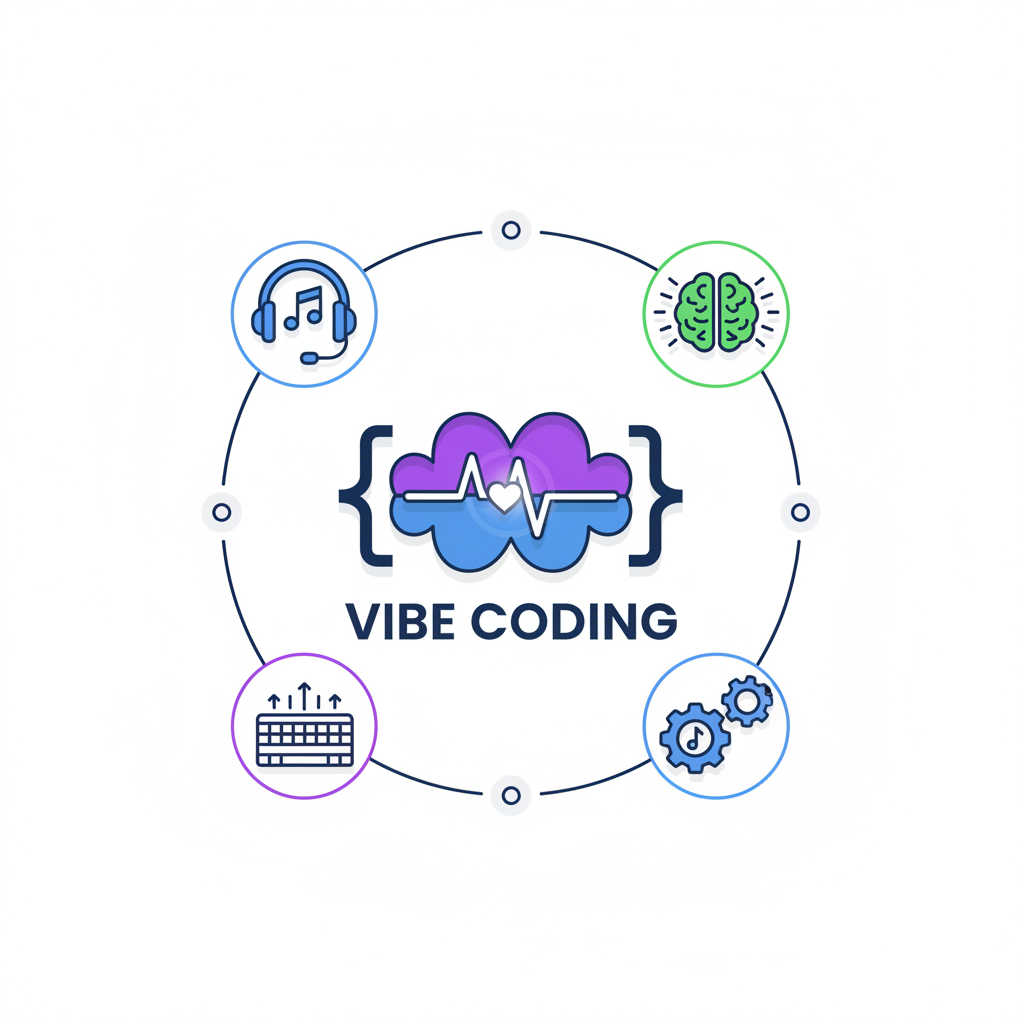
For decades, the image of a software developer has been one of pure, unadulterated logic. We picture someone hunched over a keyboard, translating complex requirements into rigid, machine-readable instructions. This process is often governed by strict methodologies, tight deadlines, and the constant pressure to optimize for performance. But what happens when this relentless pursuit of logic leads to creative blocks, burnout, and codebases that are technically functional but lack elegance and soul? Many developers find themselves managing scattered ideas in note-taking apps, struggling to translate a brilliant concept into code, and feeling the drain of creative exhaustion. This is a common pain point in the industry, a silent friction that can lead to missed deadlines, buggy features, and a loss of passion for the craft.
This is where the concept of “Vibe Coding” emerges. It’s not a new framework or a rigid methodology to be memorized. Instead, it’s a philosophy—a way of approaching software development that prioritizes the developer's state of mind, intuition, and creative flow. It’s about creating an environment, both mental and physical, where code can be written not just with the brain, but with a sense of feel and intuition. It’s not just for hobbyists building artistic projects; it’s a powerful mindset that professionals can adopt to solve complex problems more creatively and build more human-centric software. This article is your definitive guide to understanding what Vibe Coding is, how to cultivate it, and how to harness its power to become a more effective, fulfilled, and innovative developer.
What is Vibe Coding? Demystifying the Philosophy
Vibe Coding, at its core, is the practice of optimizing your environment and mental state to achieve a seamless, intuitive, and enjoyable coding experience. It’s about finding your personal “flow state” and using that focused energy to write code that feels right, not just code that passes a series of logical checks. Think of it less like building a skyscraper from a rigid blueprint and more like a musician improvising a solo—it’s structured and relies on a deep understanding of fundamentals, but it’s also fluid, creative, and driven by feeling. It’s the digital jam session for developers.
To truly grasp the concept, let's break it down into its three core pillars:
- Intuition-Driven Development: This is about trusting your gut. After years of experience, developers build a powerful intuition about software architecture, problem-solving, and code structure. Vibe Coding encourages you to lean into this intuition—the feeling that a certain function “smells” wrong or that a different data structure would “feel” better.
- Flow State Optimization: This pillar is about actively engineering the conditions for deep focus. This involves curating everything in your environment—the lighting in your room, the theme in your code editor, the music you listen to, and even the physical comfort of your chair. The goal is to eliminate friction and distractions.
- Aesthetic Code: Vibe Coding champions the idea that code is not just functional; it can also be beautiful. This is about writing code that is clean, expressive, and a pleasure to read, by choosing variable names that tell a story and structuring functions in a way that flows logically.
How does this differ from traditional development? Traditional coding methodologies are often prescriptive sets of rules, while Vibe Coding is a dynamic state of being that enhances those methodologies. It’s not a replacement for Agile or Scrum, but a complementary mindset that makes the execution of those methodologies more creative and effective.
The Transformative Benefits of Vibe Coding for Developers and Teams
Adopting a Vibe Coding philosophy isn't just about making work feel better; it produces tangible results that impact individual performance, team dynamics, and product quality. By focusing on the developer's state of mind, we unlock new levels of productivity and innovation. Let's explore the specific benefits.
Enhanced Creativity and Problem-Solving
When you're not bogged down by rigid thinking or a stressful environment, your mind is free to explore unconventional solutions. Vibe Coding creates the mental space necessary for creative leaps. By trusting your intuition, you might discover a simpler algorithm or a more elegant architectural pattern that a purely logical, step-by-step approach would have missed. This is especially crucial during the initial phases of a project, where brainstorming and prototyping demand out-of-the-box thinking.
Increased Developer Happiness and Reduced Burnout
Burnout is a pervasive issue in the tech industry. Vibe Coding directly combats this by reintroducing joy and personal expression into the development process. When developers have agency over their environment and are encouraged to enter a state of flow, work becomes less of a chore and more of a fulfilling creative endeavor. This leads to higher job satisfaction, better mental health, and increased longevity in the field.
Faster Prototyping and Innovation
In a flow state, time seems to melt away, and progress happens at an accelerated pace. Vibe Coding is exceptionally powerful for rapid prototyping and building Minimum Viable Products (MVPs). Instead of getting stuck in “analysis paralysis,” a developer in the zone can quickly translate an idea into functional code. This allows teams to iterate faster, test ideas with real users sooner, and stay ahead of the competition.
More Maintainable and Expressive Code
The pillar of “Aesthetic Code” encourages developers to write code that is not only functional but also clear, concise, and easy for other humans to understand. When you are in a state of flow, you are more likely to choose meaningful variable names and create logical, self-contained functions. This results in a codebase that is more intuitive and requires less cognitive load for the next developer who works on it, ultimately reducing long-term maintenance costs.
How to Cultivate Your Vibe: A Practical 5-Step Framework
Transitioning to a Vibe Coding mindset isn't about flipping a switch; it's a gradual process of self-discovery and environment curation. This section provides an actionable framework to help you find and cultivate your unique coding vibe without feeling overwhelmed.
Step 1: Assess Your Personal and Project Goals
Define a clear objective before you change anything. Are you trying to overcome creative blocks, increase your focus for a tight deadline, or reduce stress? Your goal might be, “I want to reduce the time it takes me to build a new feature prototype by 20%,” or “I want to end my workdays feeling energized instead of drained.” This clarity will guide the choices you make in the following steps.
Step 2: Identify Your Core Vibe Stack
Your “Vibe Stack” is the collection of tools and environmental elements that help you get into a flow state. This is deeply personal, so experiment with different options.
| Category | Examples | Purpose | Recommended Tools |
|---|---|---|---|
| Soundscape | Lo-fi hip hop, cinematic scores, ambient electronic, silence | Sets the mood and helps maintain focus | Spotify, Apple Music, Brain.fm |
| Code Editor | Minimalist themes (e.g., Dracula, Nord), custom fonts, useful extensions | Creates a visually pleasing and low-friction coding environment | Visual Studio Code, Sublime Text, WebStorm |
| Physical Space | Comfortable chair, good lighting, clean desk, plants, ergonomic keyboard | Reduces physical strain and mental clutter | Quality ergonomic furniture, adjustable lighting |
| Idea Capture | A frictionless way to jot down ideas without breaking flow | Prevents good ideas from being lost during a coding session | Notion, Obsidian, a physical notebook |
Step 3: Define Your Flow Triggers
A flow trigger is a specific ritual or action that signals to your brain that it’s time to enter deep focus. This could be putting on a specific pair of headphones, starting a particular playlist, making a cup of tea, or using a focus technique like the Pomodoro method. The action itself is less important than its consistency. By repeating this ritual, you train your brain to transition into a focused state more quickly and reliably.
Step 4: Set Boundaries to Protect Your Vibe
Your vibe is fragile and easily disrupted. Be ruthless in setting boundaries. Turn off notifications on your phone and desktop—that means email, Slack, and social media. If you work in an office, signal to your colleagues that you are in a focus block. Block out “vibe time” on your calendar and treat it as an uninterruptible meeting.
Step 5: Iterate and Refine Your Process
Your ideal vibe is not static; it will change based on the project, your mood, and even the time of day. Regularly check in with yourself. Was that new playlist distracting? Is your new editor theme actually harder to read? Keep a small journal to note what works and what doesn’t. Vibe Coding is a practice, not a perfect science. The goal is continuous improvement and a deeper understanding of your own creative process.
Your First 90 Days: A Step-by-Step Vibe Coding Adoption Plan
Adopting Vibe Coding is a journey. This 90-day plan breaks it down into manageable phases, helping you build a sustainable practice without disrupting your workflow.
Phase 1 (Days 1-30): Setup and Mindset Shift
The first month is all about laying the foundation and gently shifting your mindset.
- Curate Your Digital Workspace: Customize your code editor. Install an eye-friendly theme (Nord, Monokai) and choose a readable font. Explore extensions for VS Code or PyCharm that improve quality of life, but avoid clutter.
- Build Your Soundscape: Create several playlists for different types of tasks (energetic for new features, calm for debugging). Experiment with services like Brain.fm, which offers functional music designed for focus.
- Start with Low-Stakes Projects: Apply Vibe Coding to a personal project, a small bug fix, or a refactoring task. This lowers the pressure and allows you to experiment freely.
- Mindful Coding Sessions: Begin each session with a one-minute intention. Ask yourself: “What is my goal for this session?” and “How do I want to feel while doing it?”
Phase 2 (Days 31-60): Practice and Habit Formation
With your environment set up, the second month is about building consistent habits and integrating Vibe Coding into your daily routine.
- Implement Flow Triggers: Choose a specific ritual (like the Pomodoro Technique or putting on a specific pair of headphones) to start your deep work sessions. The key is consistency.
- Schedule Vibe Time: Block out 1-2 hour chunks of “Vibe Time” on your calendar each day. Treat these blocks as sacred and inform your team that you will be unavailable during these periods.
- Practice Intuitive Refactoring: Find a piece of old code that feels clunky. Without a specific goal other than “make it feel better,” start refactoring it. Trust your gut. You’ll be surprised at how your intuition guides you to a cleaner, more elegant solution.
Phase 3 (Days 61-90): Integration and Mastery
The final month is about making Vibe Coding a natural part of your professional workflow and learning to balance it with collaborative demands.
- Apply to Complex Problems: Start using your Vibe Coding practice for more challenging tasks. When you hit a major bug or a difficult architectural problem, instead of forcing a solution, take a step back, reset your vibe, and approach the problem from a more relaxed, intuitive state.
- Share Your Vibe: Discuss your Vibe Coding routine with your teammates. You don't have to force them to adopt your tools, but encouraging respect for "flow time" and discussing the benefits of aesthetic code can improve team communication and code quality overall.
Featured Tools

10Web is an AI-powered WordPress platform that offers automated website building, hosting, and optimization with AI assistance for content and image generation.
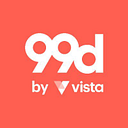
A global creative platform connecting businesses with freelance designers for custom graphic design projects.

Acquire.io is a customer engagement platform offering live chat, AI chatbots, co-browsing, and video chat to enhance customer support and sales.

A customer experience automation platform combining email marketing, marketing automation, and CRM with AI-powered personalization.

An AI-powered customer service automation platform that delivers personalized, instant support across various channels.
Top AI Categories
Related Articles
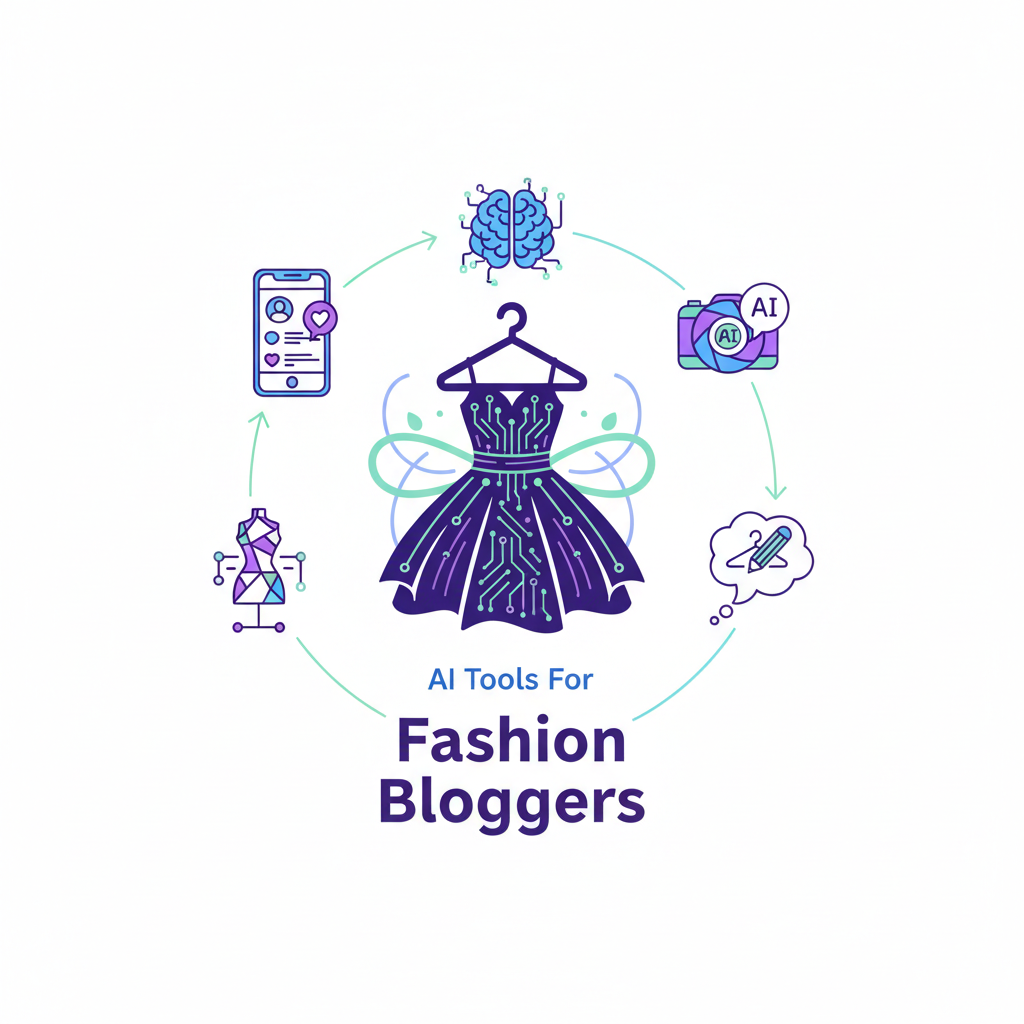
Top 10 AI Tools for Fashion Bloggers
Discover insights about AI tools and technology.
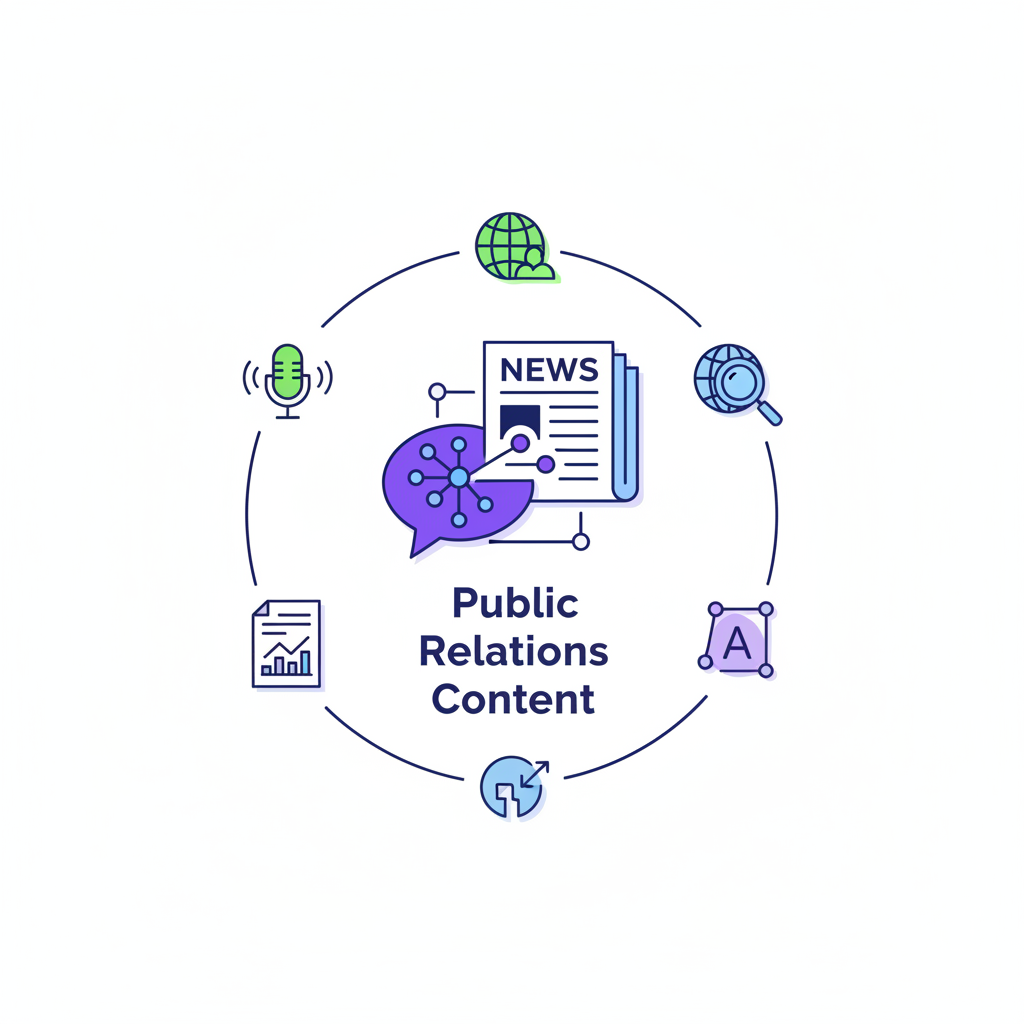
Top 10 AI Tools for Public Relations Content
Discover insights about AI tools and technology.
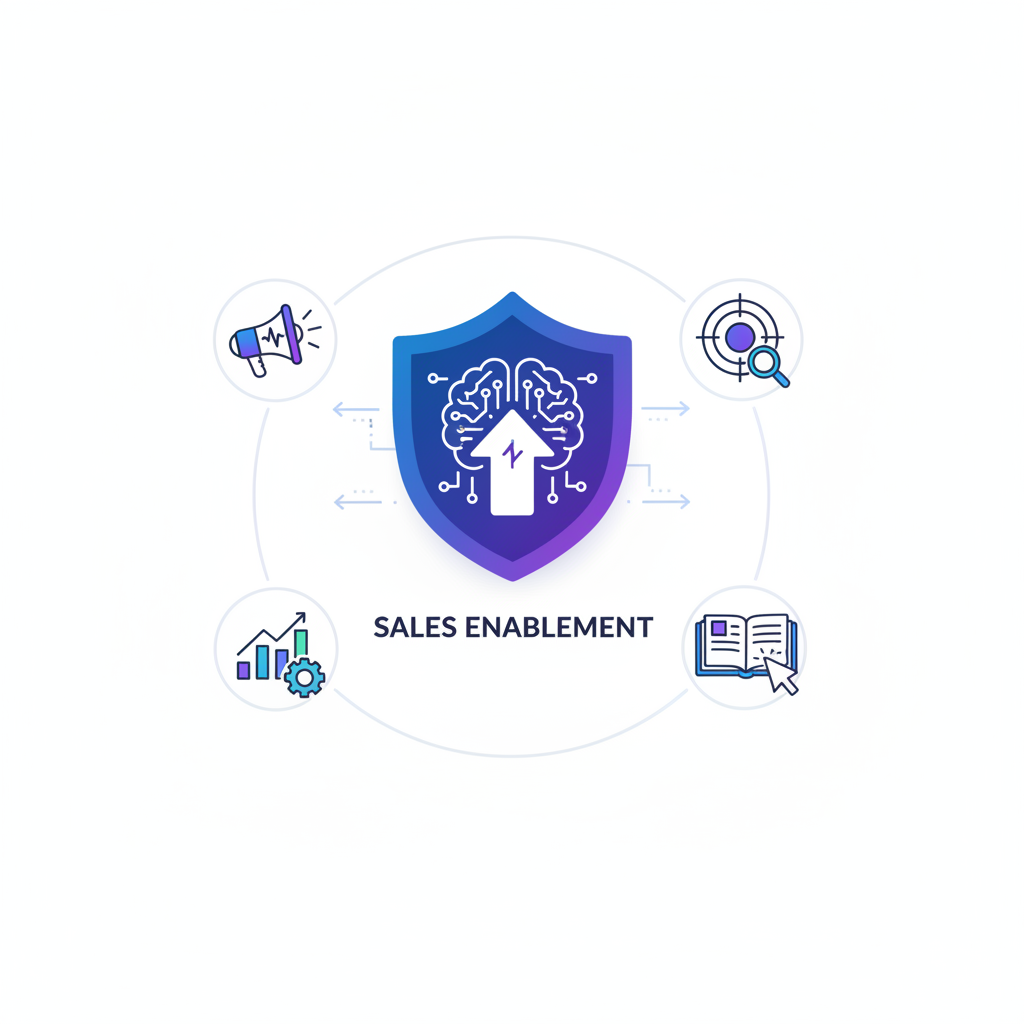
Top 10 AI Tools for Sales Enablement
Discover insights about AI tools and technology.